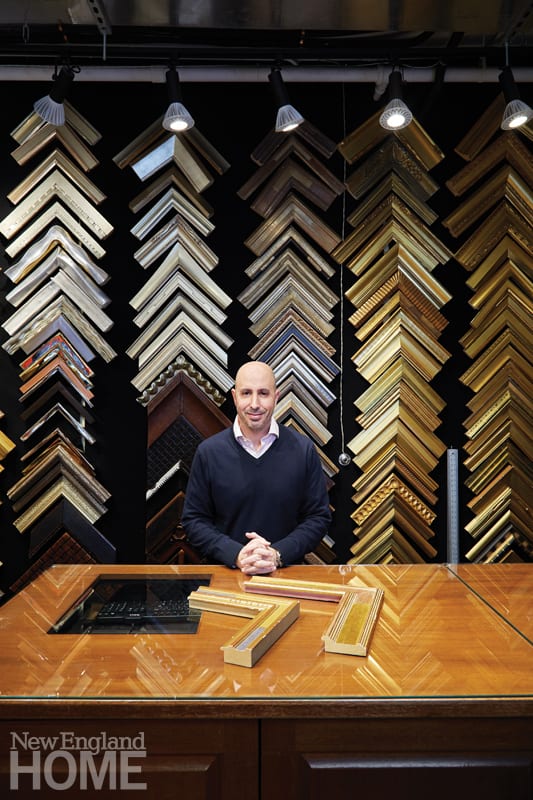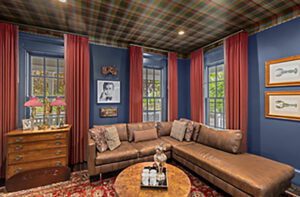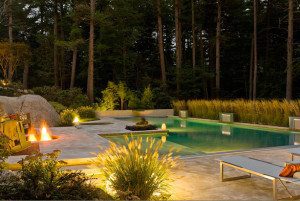Five Questions: Eric Mauskopf
February 21, 2019
Text by Robert Kiener Photography by Laura Moss

1. Many of your designers have a background in history and art. Why is that important?
We are always trying to match the right frame with a client’s artwork. So it is valuable that our designers are knowledgeable about various styles, eras, and regions. Say you bring in a painting that was done in the 1700s in England. Our designers will recognize its origins and suggest a frame that represents that region and era. This is important for historic preservation reasons as well as aesthetics. We’ve worked with pieces by artists as varied as Matisse to Rembrandt to Picasso. The last thing you want is a frame that is totally out of whack with the artwork. While we don’t want you staring at the frame instead of the art, it should be complementary.
2. How can a quality frame enhance the value of a painting or other artwork?
I don’t think it can increase the monetary value per se, but the aesthetic value of an image can be increased when you put a really beautiful frame around it. A custom frame means you’re showing off your work with something made by hand by an artisan who is taking the time to ensure that it is perfect and one of a kind. Framing is often an afterthought, especially in larger interior design projects. Unfortunately, framing is put off until a significant part of the interior design budget has been exhausted. When a designer is working on a room or whole home, it’s important that they consider how the art will be presented as part of the plan from the beginning, not just something to throw on the walls to complete the project.
3. What is a typical process for choosing a frame?
It works several different ways. Clients can come to us on their own and discuss their wants and needs with our designers. Often an interior designer will pick a couple of frame styles they think would work and show them to the client. Or a designer can send us the color of the client’s walls and other design details, such as what else is in the room, so we can get an overall sense of what the space looks like and match the frame to that look. We can customize any sample we have, too, so a frame can start off looking one way and end up including a number of other details we added during the design process.
4. What about trends and new developments?
Modern is very hot now, although, of course, we still see lot of traditional frames. Gold, for example, never goes out of style. Once you get into custom finishes, it’s about what works with the artwork. We are also seeing a lot of oversized artwork lately, such as pieces as large as eight feet by eight feet. Big pieces like this can be tricky to frame. If it’s a canvas, it’s easy to put a float frame around it, but once you start working with a frame and different types of glass, usually Plexiglas, it can get very expensive. TV mirrors are gaining in popularity. These are basically TVs mounted behind a framed two-way mirror. When the TV is off you only see the mirror, but when you turn it on, the mirror disappears and all you see is the TV.
5. What steps should people take to preserve their art?
Conservation of artwork is paramount. Something that hangs on a wall with a lot of exposure to sunlight will need a significantly higher-quality glass or Plexiglas to keep the UV rays out. We often see older pieces that were framed with regular glass as little as thirty years ago that have yellowed. You can often lose an artist’s signature, especially if it is down by the corner, after years in direct sunlight with a low level of UV protection. We also have different levels of non-glare glass, so we can prevent most glare.
J. Pocker, Greenwich and Westport, jpocker.com
Share
![NEH-Logo_Black[1] NEH-Logo_Black[1]](https://b2915716.smushcdn.com/2915716/wp-content/uploads/2022/08/NEH-Logo_Black1-300x162.jpg?lossy=1&strip=1&webp=1)







You must be logged in to post a comment.